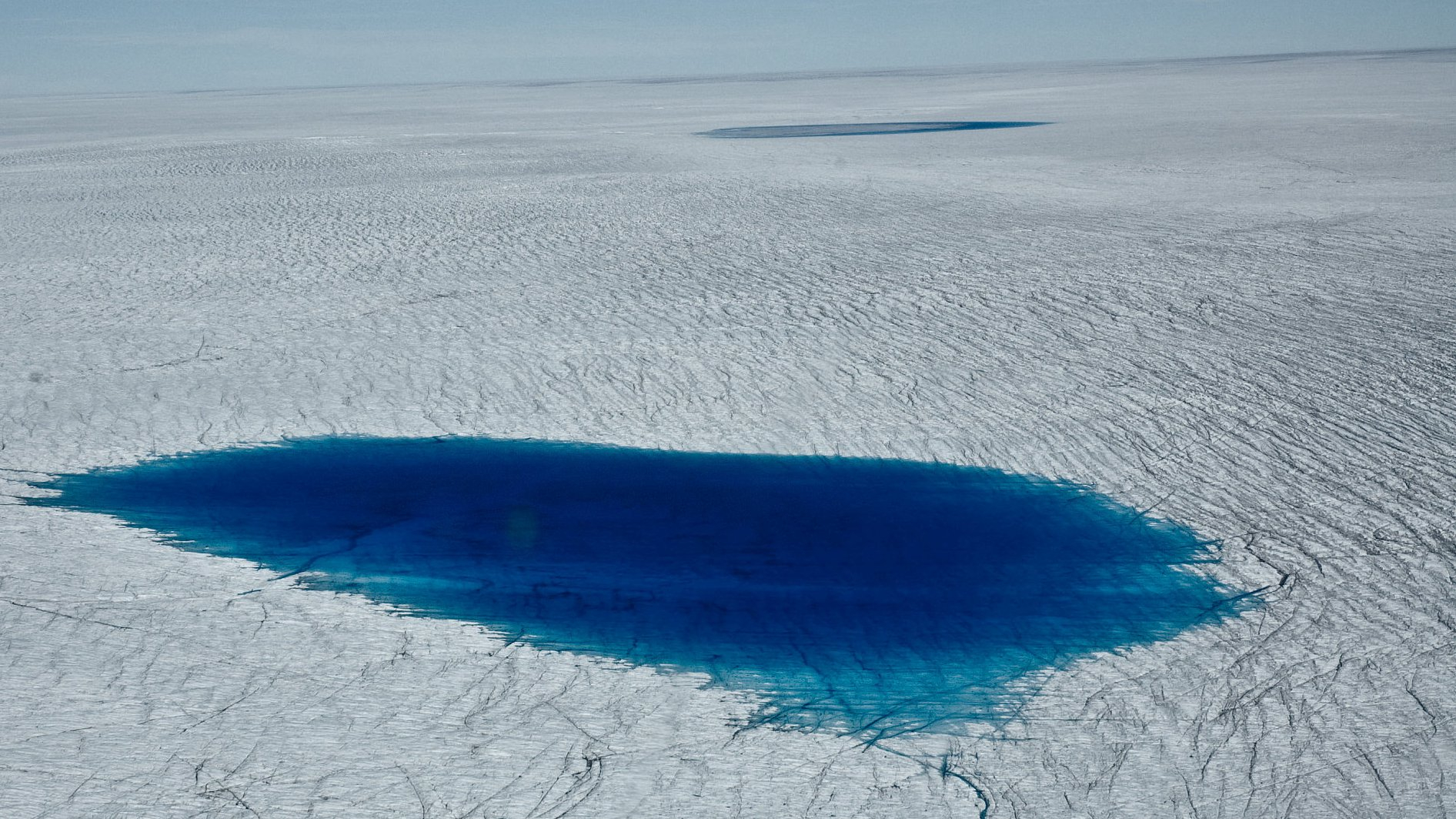
COP24
23:17, 08-Dec-2018
Developing nations say swifter climate action depends on cash to pay for it
Updated
22:38, 11-Dec-2018
CGTN

Developing countries with fewer resources to cut carbon emissions and adapt to climate change cannot step up their efforts to combat global warming unless they get more support in the form of funding and technology.
The U.S.-based Institute for Energy Economics and Financial Analysis said this month that India is on track to achieve two of its three targets well ahead of the 2030 deadline.
But it faces challenges in doing so, AK Mehta, India's chief negotiator emphasized, at the UN climate change conference, COP24 in Katowice, southern Poland.
If the South Asian nation wanted to step up its efforts on solar power in a big way, for example, it would need assistance with energy storage technology, he noted.
Unfortunately, developed countries, with one-fifth the population, refuse to share their technologies and financial resources, and the U.S., with 5 percent of the population responsible for 20 percent of emissions, pushing for similar obligations under the 2015 Paris treaty creates an existential crisis for other countries, said Mukul Sanwal, former head of the division of pollution control, government of India and director of the United Nations Framework Convention on Climate Change (UNFCC).
Mukul also mentioned that researchers on climate change have acknowledged that India and China are doing more than their fair share, yet have shied away from highlighting why the U.S. and the EU are not doing more.
The guidelines for the Paris Agreement's implementation decided at the talks will be crucial to sharing the burden of the work, with poorer countries saying they need more financial help to do their part.
For the least developed nations, funding is a key piece in the puzzle that will enable them to deliver on their pledges, said Ethiopia's Gebru Jember Endalew, who chairs the Least Developed Countries Group of 47 states.
"Increasing your ambition on your (climate action) plan alone will not be the right answer. There needs to be ambition in terms of increasing financial support."
The UN climate talks have long tangled over how rich countries will meet a promise to raise 100 billion U.S. dollars a year from 2020 to help developing countries go green and cope with wild weather.
The latest figures show climate finance is rising but there is no agreement on what should be counted towards that goal.
Billions to trillions
A report issued by the UN Environment on Thursday said there is a considerable gap between countries' current preparedness for climate change and the actual measures needed to get communities ready for a future of increasing climate risks.
While low- and middle-income countries have shown steady progress, catching up with wealthier nations in their ability to adapt "will take many decades" unless help increases, it said.
Funding flows for adaptation are "significantly lower" than the needs outlined in national action plans, it noted.
In Katowice, some rich countries are resisting pressure to project how much they will contribute in the future, saying they cannot forecast that far ahead due to short budget cycles.
Manuel Pulgar-Vidal, World Wildlife Fund (WWF) global climate lead, said meeting the annual goal of the 100 billion U.S. dollars from 2020-2025 was an important political signal.
But genuinely reworking energy systems and making the world safer would take much more money, he suggested.
"After 2025, we should be finding ways to shift the trillions (of dollars)" that are "the only way to really address climate change", he told the Thomson Reuters Foundation.
Pulgar-Vidal, who as a former Peruvian environment minister presided over the Lima talks in 2014, said the only way to ensure national climate action plans are boosted enough to meet the Paris goals was to agree a "strong rulebook" in Katowice.
"If we fail on that, we can't keep the 1.5C promise, and we are going to postpone solutions," he warned.
(With input from Reuters)

SITEMAP
Copyright © 2018 CGTN. Beijing ICP prepared NO.16065310-3
Copyright © 2018 CGTN. Beijing ICP prepared NO.16065310-3